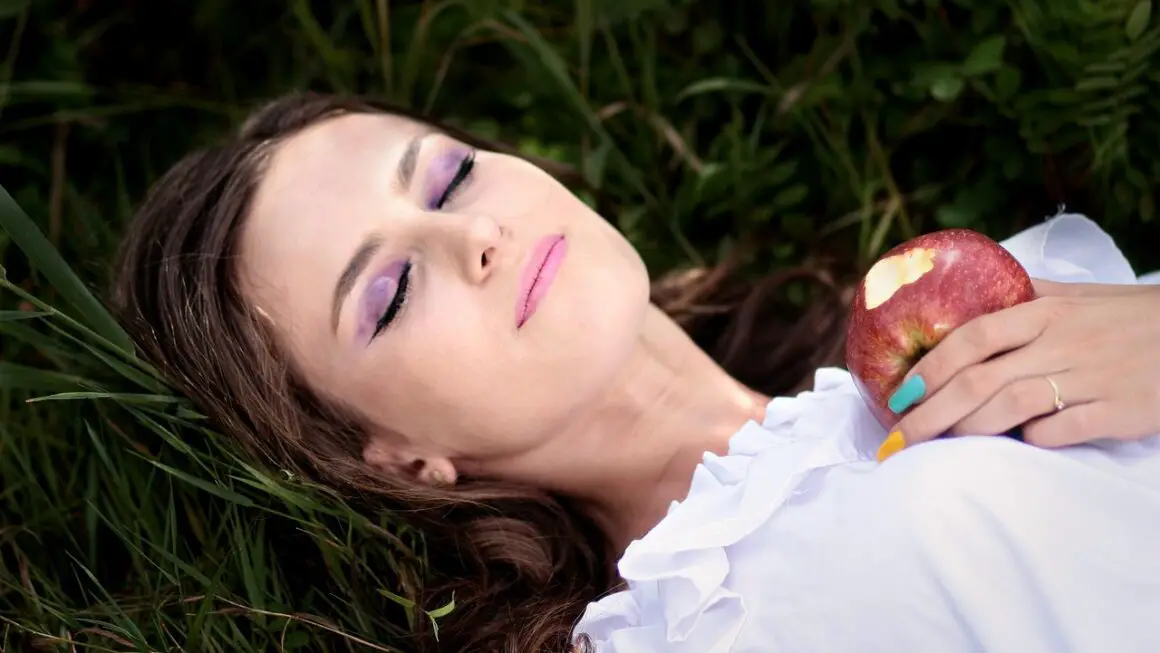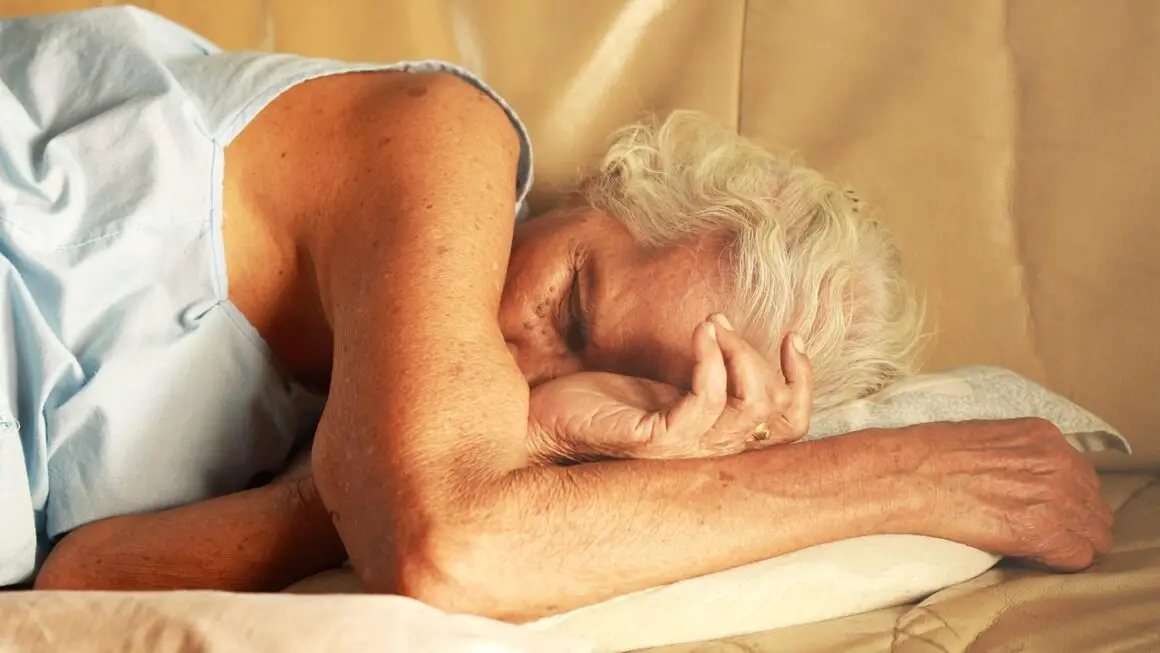Feeling stressed, overwhelmed, or just plain frazzled? You’re not alone. In today’s fast-paced world, finding moments of peace and tranquility can seem like a luxury. But incorporating relaxation techniques into your daily routine isn’t just about pampering yourself; it’s a vital component of overall well-being. This comprehensive guide explores effective relaxation techniques, providing you with practical tools to reduce stress, improve focus, and enhance your quality of life. Let’s dive in and discover how to unlock your inner calm.
Understanding the Importance of Relaxation Techniques
The Impact of Stress on Your Body and Mind
Chronic stress takes a toll. It can manifest physically as headaches, muscle tension, fatigue, and digestive issues. Mentally, it can lead to anxiety, irritability, difficulty concentrating, and even depression. Statistics show that a significant portion of doctor visits are related to stress, highlighting the critical need for effective coping mechanisms. Relaxation techniques offer a proactive approach to managing stress and mitigating its negative effects.
- Physical Health: Reduced risk of heart disease, lower blood pressure, improved sleep quality.
- Mental Well-being: Decreased anxiety and depression symptoms, improved mood, enhanced cognitive function.
- Emotional Resilience: Increased ability to cope with challenging situations, improved self-awareness.
How Relaxation Techniques Work
Relaxation techniques work by activating the body’s parasympathetic nervous system, often referred to as the “rest and digest” system. This counteracts the “fight or flight” response triggered by stress. By consciously engaging in relaxation practices, you can slow your heart rate, lower your blood pressure, ease muscle tension, and promote a sense of calm. This physiological shift allows you to think more clearly, make better decisions, and respond to challenges with greater composure.
Deep Breathing Exercises: Your Go-To Stress Reliever
Diaphragmatic Breathing (Belly Breathing)
Diaphragmatic breathing, also known as belly breathing, is a simple yet powerful technique that can be practiced anywhere, anytime. It involves breathing deeply from your diaphragm, the muscle located below your lungs.
- How to Practice: Lie down or sit comfortably. Place one hand on your chest and the other on your abdomen. Inhale slowly through your nose, allowing your abdomen to rise while keeping your chest relatively still. Exhale slowly through your mouth, gently contracting your abdominal muscles.
- Benefits: Reduces heart rate, lowers blood pressure, improves oxygen flow, and promotes relaxation. Aim for 5-10 minutes of diaphragmatic breathing daily.
- Practical Tip: Visualize your breath filling your body with calmness and releasing tension as you exhale.
Box Breathing
Box breathing is a structured breathing technique used by Navy SEALs to stay calm and focused in high-pressure situations. It involves inhaling, holding, exhaling, and holding again, each for the same duration.
- How to Practice: Inhale deeply through your nose for a count of four. Hold your breath for a count of four. Exhale slowly through your mouth for a count of four. Hold your breath again for a count of four. Repeat this cycle for several minutes.
- Benefits: Calms the nervous system, improves focus and concentration, and reduces anxiety.
- Practical Tip: Visualize a box as you breathe, with each side representing a phase of the breathing cycle.
Progressive Muscle Relaxation (PMR): Releasing Physical Tension
The Principles of PMR
Progressive Muscle Relaxation (PMR) involves systematically tensing and releasing different muscle groups in your body. This technique helps you become more aware of physical tension and learn to release it consciously.
- How to Practice: Find a quiet and comfortable space. Start by tensing the muscles in your forehead for 5-10 seconds, then release and notice the difference. Repeat this process with other muscle groups, including your face, neck, shoulders, arms, hands, chest, abdomen, legs, and feet.
- Key Muscle Groups: Forehead, eyes, jaw, neck, shoulders, biceps, triceps, hands, abdomen, thighs, calves, feet.
- Benefits: Reduces muscle tension, alleviates headaches, improves sleep quality, and promotes overall relaxation.
- Practical Tip: Focus on the sensation of tension as you tense your muscles, and then the sensation of relaxation as you release them.
Adapting PMR to Your Needs
PMR can be adapted to suit your individual preferences and needs. For example, if you have pain in a particular area, you can modify the technique by gently tensing and releasing the muscles around the affected area, rather than tensing them fully. You can also find guided PMR recordings online, which can make it easier to follow the process.
Mindfulness Meditation: Cultivating Present Moment Awareness
Understanding Mindfulness
Mindfulness is the practice of paying attention to the present moment without judgment. It involves observing your thoughts, feelings, and sensations as they arise, without getting carried away by them. Mindfulness meditation is a structured way to cultivate this awareness.
- How to Practice: Find a quiet place where you can sit comfortably. Close your eyes or soften your gaze. Focus your attention on your breath, noticing the sensation of the air entering and leaving your body. When your mind wanders, gently redirect your attention back to your breath.
- Benefits: Reduces stress and anxiety, improves focus and concentration, enhances emotional regulation, and promotes self-awareness.
- Practical Tip: Start with short meditation sessions of 5-10 minutes and gradually increase the duration as you become more comfortable.
- Guided Meditation Apps: Headspace, Calm, Insight Timer offer a variety of guided meditations for different needs.
Incorporating Mindfulness into Daily Life
Mindfulness isn’t just about formal meditation practice. You can also incorporate mindfulness into your daily activities, such as eating, walking, or even washing dishes. Simply pay attention to the sensations, sights, sounds, and smells associated with each activity, without judging or analyzing them. This can help you appreciate the present moment and reduce stress.
Visualization and Guided Imagery: Creating Your Inner Sanctuary
The Power of Visualization
Visualization involves creating mental images to promote relaxation and well-being. By visualizing peaceful and positive scenes, you can activate your body’s relaxation response and reduce stress.
- How to Practice: Find a quiet place where you can relax. Close your eyes and imagine a peaceful scene, such as a beach, a forest, or a mountaintop. Engage all your senses, noticing the sights, sounds, smells, and textures of the scene.
- Guided Imagery: Guided imagery uses a narrator to guide you through a visualization experience. You can find guided imagery recordings online or create your own.
- Benefits: Reduces stress and anxiety, improves mood, enhances creativity, and promotes relaxation.
- Practical Tip: Choose a visualization scene that you find particularly calming and enjoyable.
Creating Your Personal Sanctuary
One effective visualization technique is to create a personal sanctuary in your mind. This is a safe and peaceful place where you can retreat whenever you feel stressed or overwhelmed. Imagine every detail of your sanctuary, from the colors and textures to the sounds and smells. Visualize yourself spending time in your sanctuary, feeling relaxed and at peace.
Conclusion
Incorporating relaxation techniques into your daily life is an investment in your well-being. By practicing these techniques regularly, you can reduce stress, improve focus, and enhance your overall quality of life. Experiment with different techniques to find what works best for you, and remember that even a few minutes of relaxation each day can make a significant difference. Embrace the power of relaxation and unlock your inner calm.




